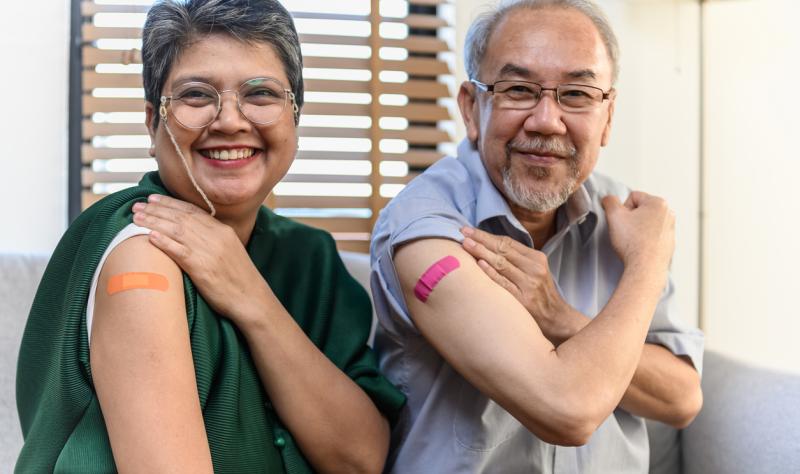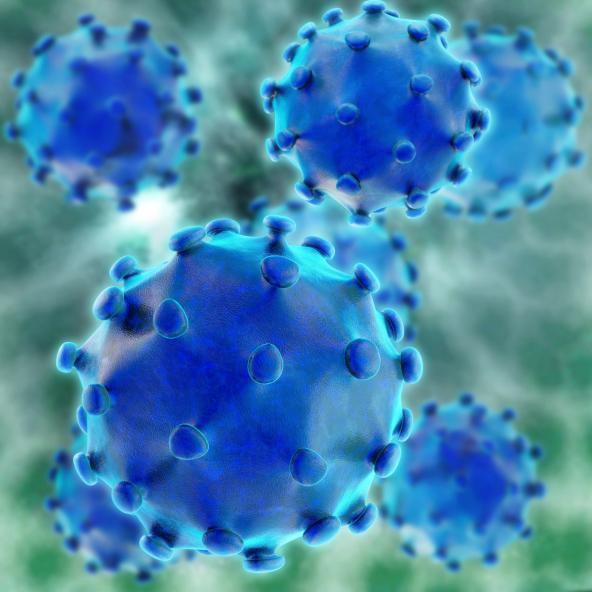COVID-19 hospitalizations continue to rise in San Diego as the Fourth approaches


Still coping with COVID-19 admissions from Memorial Day festivities, San Diego medical providers say they are concerned that an even bigger hangover will follow the Fourth of July weekend, just as was the case in 2020 and 2021.
Thursday’s weekly coronavirus report from the county health department showed stubbornly high numbers of new infections over the past week, as local hospital stays continue to increase.
Labs reported 2,048 new positive coronavirus cases to the health department Wednesday, a 26 percent increase over the 1,629 reported one week earlier. And there were 355 confirmed and suspected COVID-19 cases in local non-military hospitals Wednesday, 75 more than were listed seven days ago.
While hospitalization levels still remain much lower than they were after the holiday surge this past winter, there are signs that a similar situation is building.
Dr. Ghazla Sharieff, chief medical officer at Scripps Health, said the number of workers calling in sick daily just about doubled from last week to this week, hitting about 60 per day Monday.
“Knock on wood, we have not had to cancel any surgeries; we’re stable right now, but if it goes much higher, then we’ll have to regroup again,” Sharieff said.
Sick health care workers made the holiday surge much less manageable, leading to inundated emergency departments that sometimes had to stop taking ambulance deliveries to cope with demand for services.
“Two weeks from now we would expect to have another uptick because that’s what happens after every holiday,” Sharieff said.
Respiratory distress, she said, has been the most common symptom among those who have recently gotten sick enough after coronavirus infection to need an overnight hospital stay. Among the 89 currently hospitalized across Scripps’ five hospitals, she said 36 have received their first booster shot and seven have received two booster doses.
Those results track with national reports of waning booster effectiveness and reinfection even among those who have diligently followed vaccination recommendations.
Booster doses still do seem to be preventing the most-severe COVID-19 consequences. The most recent 14-day average of COVID-19-related deaths in San Diego County lists a death rate of 0.58 per million residents for those not fully vaccinated, 0.28 per million for those who had their full initial vaccination series and 0.00 per million for those who received at least one booster shot.
On Thursday, the U.S. Food and Drug Administration recommended that vaccine manufacturers pivot vaccines this fall, creating “bivalent” boosters with proteins that target both original SARS-CoV-2 strains and newly dominant BA.4 and BA.5 subvariants, the successors to the original Omicron variant that caused the holiday surge in December and January.
Though Pfizer and Moderna, the two main makers of the mRNA vaccines that have been used most widely in the United States, have already begun testing vaccines that target the original Omicron variant, they have not yet had the time to widely test a booster against BA.4 and BA.5.
On Thursday, the FDA’s Vaccines and Related Biological Products Advisory Committee urged the manufacturers to skip Omicron and move to 4 and 5 “so that the modified vaccines can potentially be used starting in early to mid-fall 2022.”
One member of the committee told Reuters that experts feel that full clinical trials are unnecessary because the vaccines would be very similar to those already in use, varying only in the specific viral features they attack. Similarly, the flu shot is updated with the most commonly circulating strains every year but large new clinical trials are not performed.
Many in San Diego and across the nation who qualify for second booster shots have not yet received them, and the fact that the vaccine itself will change this fall may cause many to keep waiting.
Dr. Robert “Chip” Schooley, an infectious disease specialist at UC San Diego Health, said Thursday that waiting does not necessarily make sense given the increasing numbers of new infections and hospitalizations.
The pandemic has taught everyone that vaccines may not arrive precisely when predicted, he said. Vaccinations for children under age 5, for example, were only recently approved despite initial predictions that they would arrive much sooner.
“We don’t actually know for certain whether the vaccines they are hoping will be available in the fall will actually be ready,” Schooley said. “Although the ‘classic’ vaccines don’t as directly target the Omicron BA.4 and BA.5 variants as the new vaccines do, boosting with them does reduce risk of COVID complications and one can always be boosted with variant vaccines in the fall when (or) if the others become available.”



